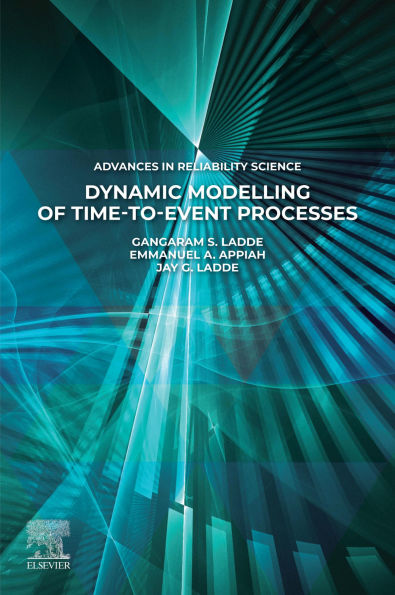Dynamic Modelling of Time-to-Event Processes covers an alternative dynamic modelling approach for studying time-to-event processes. This innovative approach covers some key elements, including the Development of continuous-time state of dynamic time-to-event processes, an Introduction of an idea of discrete-time dynamic intervention processes, Treating a time-to-event process operating/functioning under multiple time-scales formulation of continuous and discrete-time interconnected dynamic system as hybrid dynamic time-to-event process, Utilizing Euler-type discretized schemes, developing theoretical dynamic algorithms, and more.Additional elements of this process include an Introduction of conceptual and computational state and parameter estimation procedures, Developing multistage a robust mean square suboptimal criterion for state and parameter estimation, and Extending the idea conceptual computational simulation process and applying real datasets.- Presents a dynamic approach which does not require a closed-form survival/reliability distribution- Provides updates that are independent of existing Maximum likelihood, Bayesian, and Nonparametric methods- Applies to nonlinear and non-stationary interconnected large-scale dynamic systems- Includes frailty and other models in survival analysis as case studies
1147059001
Dynamic Modelling of Time-to-Event Processes
Dynamic Modelling of Time-to-Event Processes covers an alternative dynamic modelling approach for studying time-to-event processes. This innovative approach covers some key elements, including the Development of continuous-time state of dynamic time-to-event processes, an Introduction of an idea of discrete-time dynamic intervention processes, Treating a time-to-event process operating/functioning under multiple time-scales formulation of continuous and discrete-time interconnected dynamic system as hybrid dynamic time-to-event process, Utilizing Euler-type discretized schemes, developing theoretical dynamic algorithms, and more.Additional elements of this process include an Introduction of conceptual and computational state and parameter estimation procedures, Developing multistage a robust mean square suboptimal criterion for state and parameter estimation, and Extending the idea conceptual computational simulation process and applying real datasets.- Presents a dynamic approach which does not require a closed-form survival/reliability distribution- Provides updates that are independent of existing Maximum likelihood, Bayesian, and Nonparametric methods- Applies to nonlinear and non-stationary interconnected large-scale dynamic systems- Includes frailty and other models in survival analysis as case studies
200.0
In Stock
5
1

Dynamic Modelling of Time-to-Event Processes
350
Dynamic Modelling of Time-to-Event Processes
350Related collections and offers
200.0
In Stock

Product Details
| ISBN-13: | 9780443223426 |
|---|---|
| Publisher: | Elsevier Science |
| Publication date: | 10/20/2025 |
| Series: | Advances in Reliability Science |
| Sold by: | Barnes & Noble |
| Format: | eBook |
| Pages: | 350 |
| File size: | 22 MB |
| Note: | This product may take a few minutes to download. |
About the Author
What People are Saying About This
From the B&N Reads Blog
